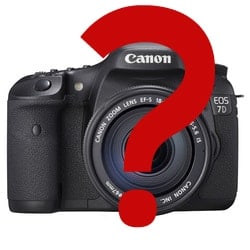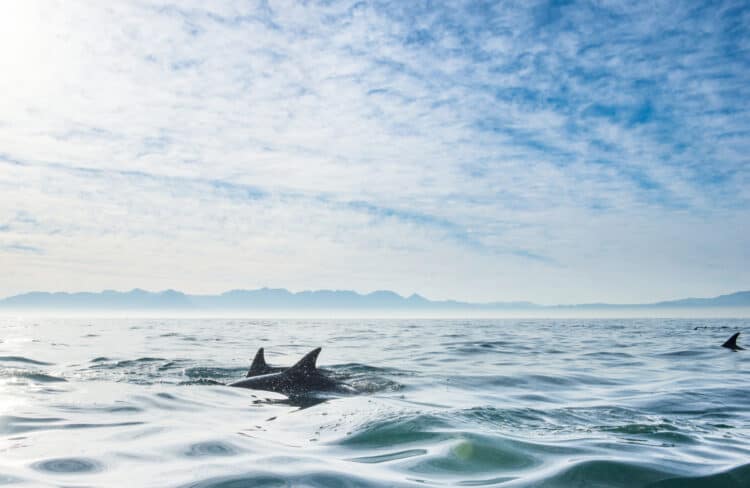The new Canon 5D mk III is here. The key stats are:
- 22.3 Megapixel full-frame sensor
- 61-point autofocus
- Up to 6fps continuous shooting
- Native ISO 100-25,600 sensitivity
- Full HD video with manual control
- 14-bit DIGIC 5+ processor
- Enhanced Weather sealing
- 8.11cm (3.2-inch) 1,040,000-dot screen
It seems like it will be a wonderful camera for photojournalists, wedding photographers and most certainly for cinematographers (perhaps the true intended target market). I guess what is troubling me with the direction of Canon’s recent releases is that both have been full frame cameras (The 1DX and 5D mk III). So where does that leave us bird photographers? I do applaud Canon for keeping the megapixel count down on both of the recent releases. This should yield real world improvements in image quality in images shot at higher ISO speeds. Nevertheless, moving from a 7D with a 500mm and 1.4x to one of these cameras would yield an incredible loss of effective focal length.
Remembering that effective focal length is a function of the squared focal length of the lens the calculations would look something like this:
- Canon 7D + 1.4x + 500mm = Effective focal length – 1120mm (squared = 1254400mm)
- Canon 1DX + 1.4x + 500mm = Effective focal length – 700mm (squared = 490000mm)
- Therefore the difference in the squared focal length is = 1254400 – 490000 = 764400
- And the resulting image would be = 764400/490000 = 156% bigger in the frame.
A HUGE Difference when photographing birds!!!

We will have to wait and see if Canon replaces the 7D in the upcoming months. Perhaps at Photokina in September? But if a new crop body is not released in the next year there are some big decisions for Canon photographers to make. The way I see it there are basically two options for bird photographers.
Option #1 – Buy a 1D mk IV and the new Canon 600mm lens. This would be an expensive proposition but would maintain (1092mm) the majority of the needed focal length for successful bird photography.
Option #2 – Switch to Nikon and hope that they continue to lead the way when it comes to camera bodies in the years to come.
At this point I am really hoping that Canon steps up with a good replacement for the 7D. I hate tough decisions!!
A wish list for the new 7D:
- Keep the megapixel count the same or even lower
- Show me at least a 1 stop improvement in ISO performance
- Full time auto focus for Video
- Dual CF slots
- Continue to improve build quality and weather sealing
Don’t let me down Canon!
Glenn Bartley
Glenn Bartley
Glenn Bartley is a professional nature photographer who specializes in photographing birds in their natural habitat. He currently resides in Victoria, British Columbia on Canada’s West Coast. Glen runs instructional photo workshops throughout the year to exciting destinations around the world. Upcoming trips include Vancouver Island, Ecuador, Costa Rica, Churchill Manitoba and Peru. He focuses on birds because there are so many species, they can be found almost anywhere, they are challenging to photograph and beautiful to watch.
- Web |
- YouTube |
- More Posts(46)





Leave a Reply